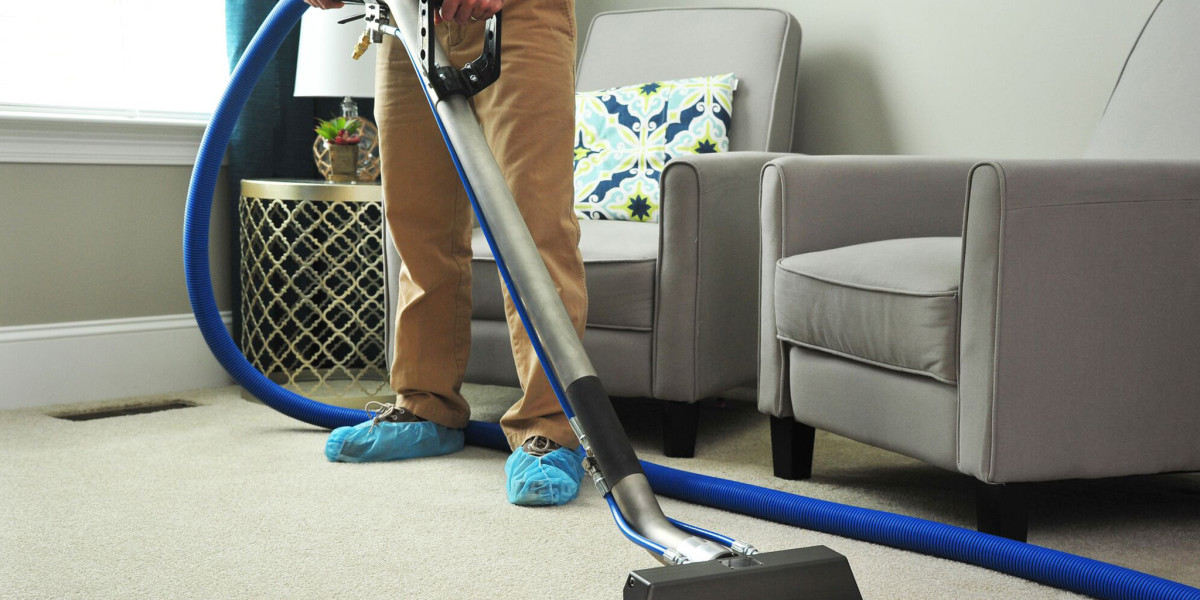Carpets are a popular choice for flooring in homes and offices due to their comfort, warmth, and aesthetic appeal. However, carpets can accumulate dirt, stains, allergens, and odors over time, necessitating regular cleaning to maintain their appearance and hygiene. This report provides a detailed overview of carpet cleaning, discussing various techniques, benefits, and best practices to ensure effective maintenance of carpeted surfaces.
Importance of Carpet Cleaning
Regular carpet cleaning is essential for several reasons. Firstly, it enhances the appearance of the carpet, making it look fresh and inviting. Secondly, clean carpets contribute to a healthier indoor environment by removing dust, allergens, and bacteria that can affect air quality and overall health. Thirdly, proper maintenance can extend the lifespan of carpets, protecting your investment and saving money in the long run.
Common Carpet Cleaning Techniques
There are several methods for cleaning carpets, each with its own advantages and suitable applications. The most common techniques include:
- Steam Cleaning (Hot Water Extraction): This method involves using hot water mixed with a cleaning solution, which is injected deep into the carpet fibers. The hot water loosens dirt and stains, while a powerful vacuum extracts the dirt and moisture. Steam cleaning is highly effective for deep cleaning and is recommended by many carpet manufacturers.
- Dry Cleaning: This method uses minimal water and relies on specialized cleaning compounds or solvents. A dry cleaning machine spreads the cleaning agent over the Premier Carpet Cleaning, which is then agitated to loosen dirt. After a short period, the dirt is vacuumed away. Dry cleaning is ideal for carpets that cannot tolerate excessive moisture.
- Carpet Shampooing: In this technique, a foamy cleaning solution is applied to the carpet and scrubbed using a machine with rotating brushes. The foam encapsulates dirt, which is then extracted through vacuuming. While effective for surface cleaning, shampooing may leave residue behind and is less commonly used today.
- Bonnet Cleaning: This method is often used in commercial settings. A rotary machine with a absorbent pad is used to clean the surface of the carpet. The pad absorbs dirt and stains but may not provide deep cleaning. It is suitable for maintenance cleaning in high-traffic areas.
- Encapsulation: This newer method uses synthetic detergents that crystallize into powder when dry. The carpet is treated with the encapsulating solution, which traps dirt particles. Once dry, the powder is vacuumed away, leaving the carpet clean. This method is effective and quick-drying, making it popular for commercial spaces.
Benefits of Regular Carpet Cleaning
- Improved Indoor Air Quality: Carpets can trap allergens, dust mites, and pet dander, which can contribute to respiratory issues and allergies. Regular cleaning helps remove these contaminants, promoting better air quality.
- Enhanced Aesthetic Appeal: Clean carpets enhance the overall look of a room. They can brighten up a space and create a welcoming atmosphere for guests and residents alike.
- Odor Elimination: Over time, carpets can absorb odors from pets, spills, and smoke. Professional cleaning can eliminate these odors, leaving carpets smelling fresh.
- Stain Removal: Prompt and effective cleaning can prevent stains from setting in, preserving the appearance of the carpet and preventing permanent damage.
- Extended Lifespan: Regular cleaning and maintenance can significantly extend the life of carpets, allowing homeowners and businesses to get the most out of their investment.
Best Practices for Carpet Cleaning
To achieve the best results from carpet cleaning, consider the following best practices:
- Regular Vacuuming: Vacuuming at least once a week helps to remove surface dirt and dust. High-traffic areas may require more frequent vacuuming to prevent dirt from embedding into the fibers.
- Immediate Stain Treatment: Address spills and stains as soon as they occur. Blot the area with a clean cloth and use a suitable stain remover to prevent the stain from setting.
- Professional Cleaning: Schedule professional carpet cleaning at least once a year, or more frequently for high-traffic areas or homes with pets. Professionals have access to advanced equipment and cleaning solutions that can achieve superior results.
- Use the Right Cleaning Products: Ensure that any cleaning products used are suitable for your specific type of carpet. Always test a small, inconspicuous area before applying any cleaning solution to the entire carpet.
- Follow Manufacturer Guidelines: Always adhere to the manufacturer's recommendations for cleaning and maintenance to avoid voiding warranties and damaging the carpet.
- Consider Carpet Protectors: Applying a carpet protector after cleaning can help repel stains and dirt, making future cleaning easier and prolonging the life of the carpet.
Conclusion
Carpet cleaning is an essential aspect of maintaining the appearance and hygiene of carpeted surfaces. By understanding the various cleaning techniques available, their benefits, and best practices for maintenance, homeowners and businesses can ensure their carpets remain in excellent condition for years to come. Regular cleaning not only enhances the aesthetic appeal of a space but also contributes to a healthier indoor environment, making it a worthwhile investment for any property owner. Whether opting for DIY methods or professional services, the key is to establish a consistent cleaning routine that meets the specific needs of your carpets.



